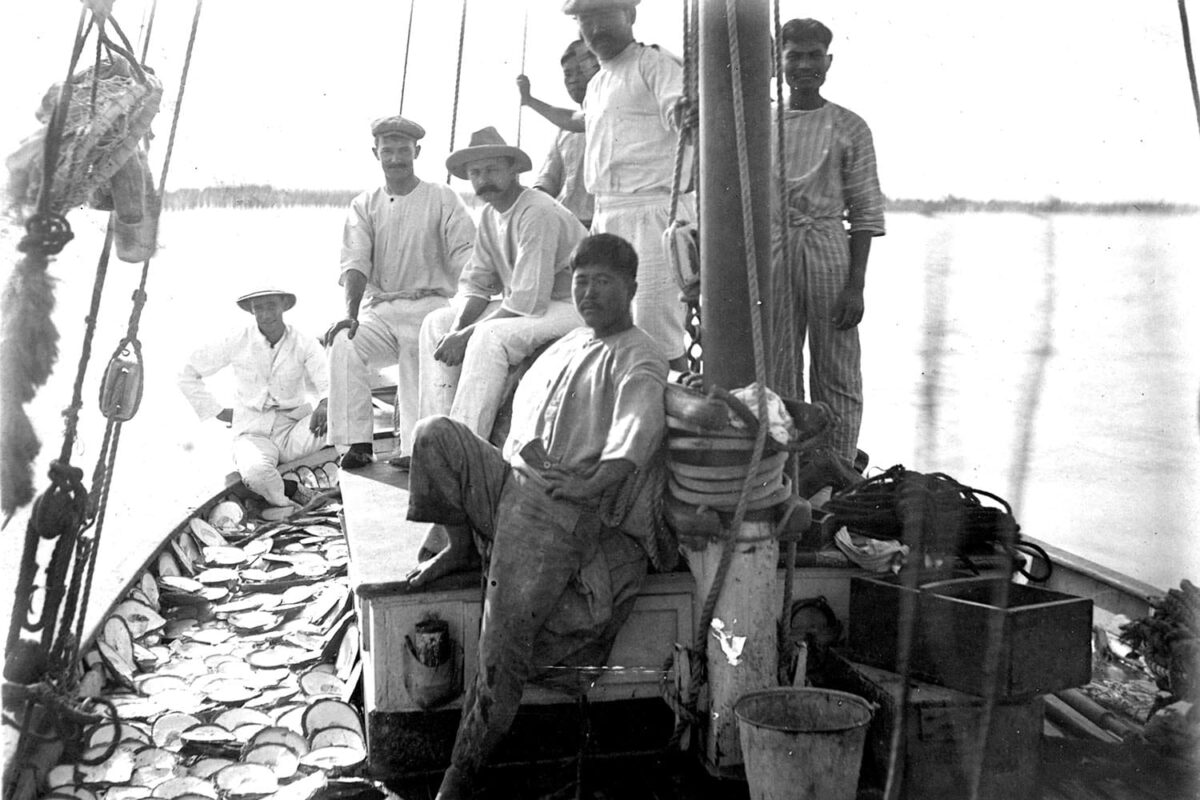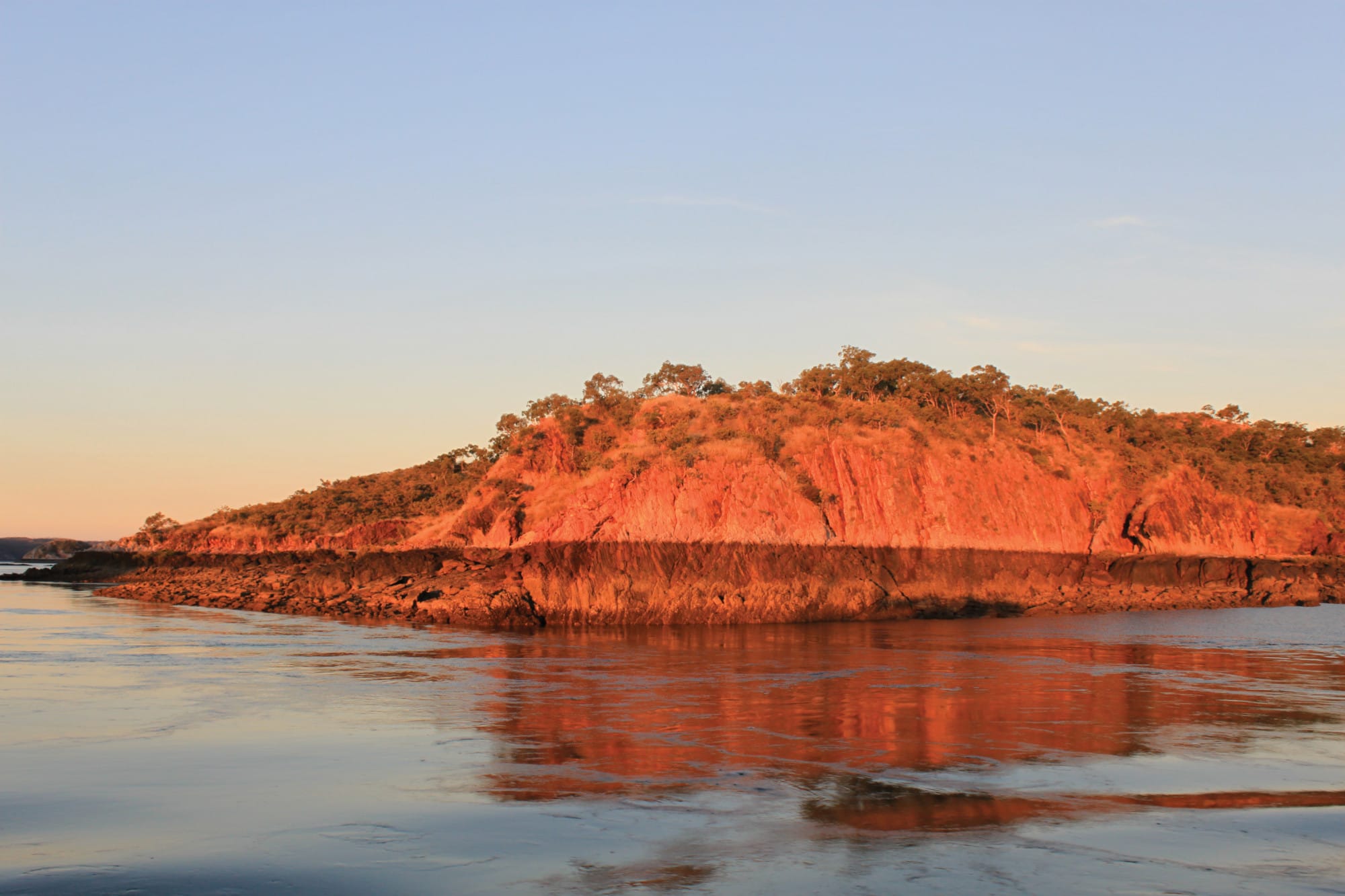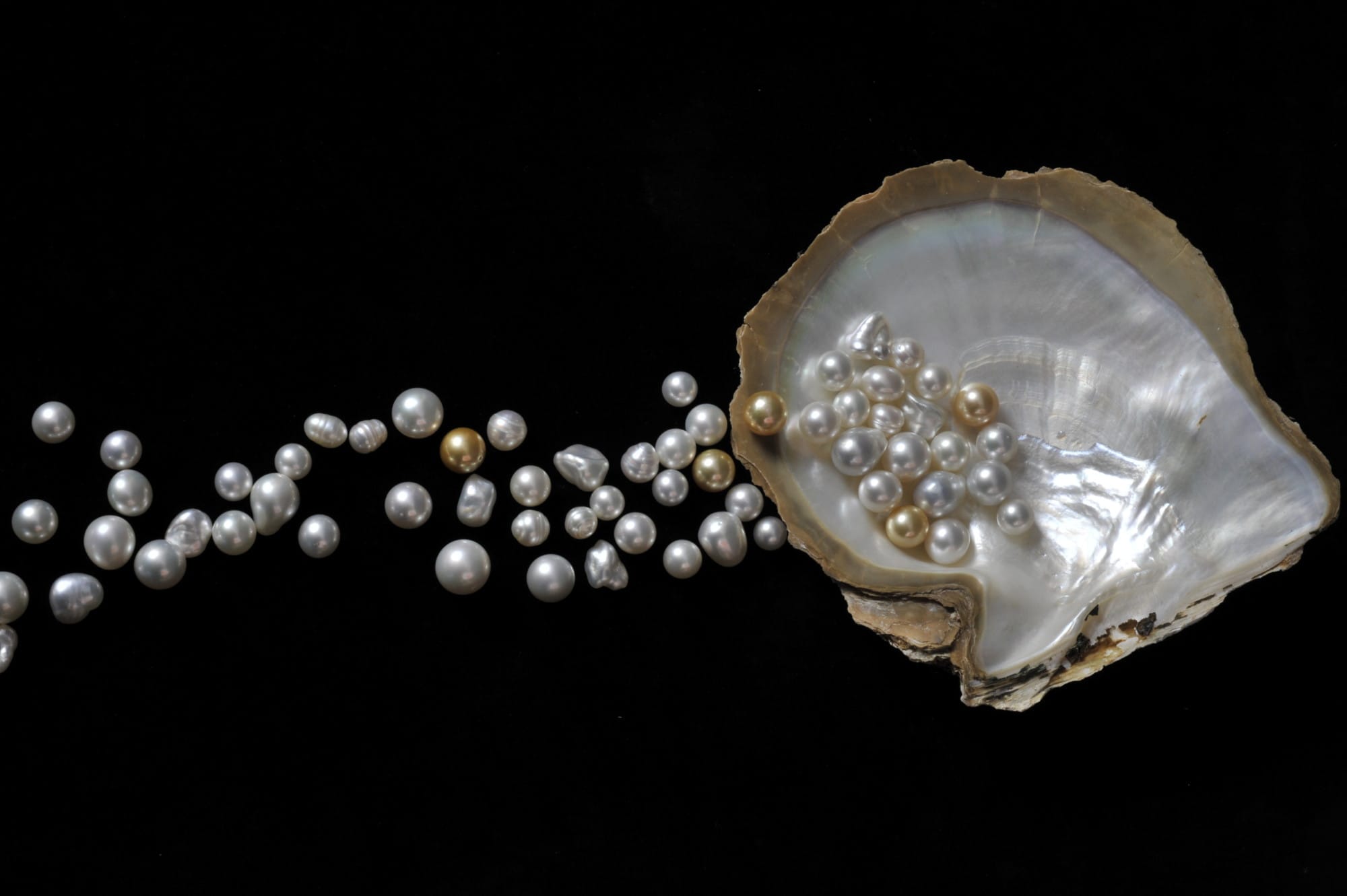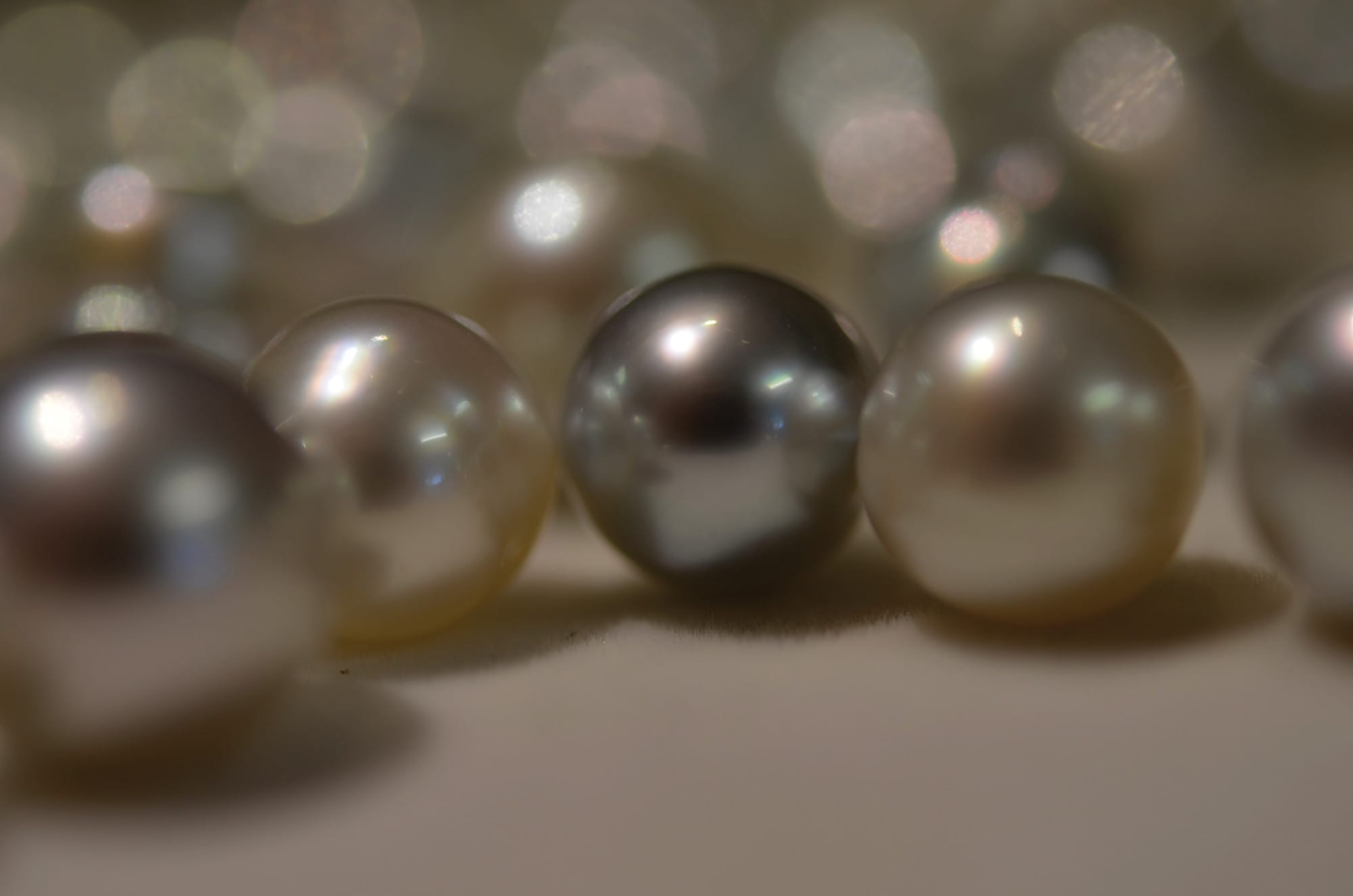Lustre: Pearling & Australia is a travelling exhibition now showing at Melbourne's Immigration Museum. The exhibition showcases the unique and important role that pearlshell and pearling have played in Australia's history.
Melbourne's Immigration Museum CEO Alec Coles said Lustre is about more than pearls. It explores the beauty, significance and intrigue of pearls and pearlshell across time and cultures, intertwining ancient Aboriginal trade stories with the more recent industry development that transformed the north of Australia.
“Lustre also investigates the biology of the pearl oyster and its environment as well as the devastating impact of cyclones on the industry. It tells the unique Australian story of the pearlshell and the pearls that they produce. It also explores the relationships between the people of pearling and the industry that emerged in Australia,” Mr Coles said.
Aboriginal people have valued and collected pearlshell for at least 20,000 years. It was, and is still, highly valued among many Aboriginal groups, and has been a vital element in long distance trade across northern Australia and into the desert.
“Lustre is an exhibition about pearling that is told largely from an Aboriginal perspective,” Mr Coles said.
“It pays tribute to the skills of Asian, Aboriginal and Torres Strait Islander indentured workers, many of whom gave their lives to the industry.”
Featured in the exhibition are a number of traditional Aboriginal items from the Melbourne's Immigration Museum’s own Collection that have not been shown publicly in over 30 years.
Also featured is a remarkable, 2,000-year-old near-round natural pearl recently discovered in an Aboriginal archaeological shell midden in the Admiralty Gulf.
Lustre was developed in close consultation with senior Yawuru, Karajarri, Bardi and Jawi, and Mayala elders from the West Kimberley, and is supported by the Visions regional touring program, an Australian Government program aiming to improve access to cultural material for all Australians.
The exhibition will be showing at the Immigration Museum until 22 January, 2017.
Museum Victoria website




